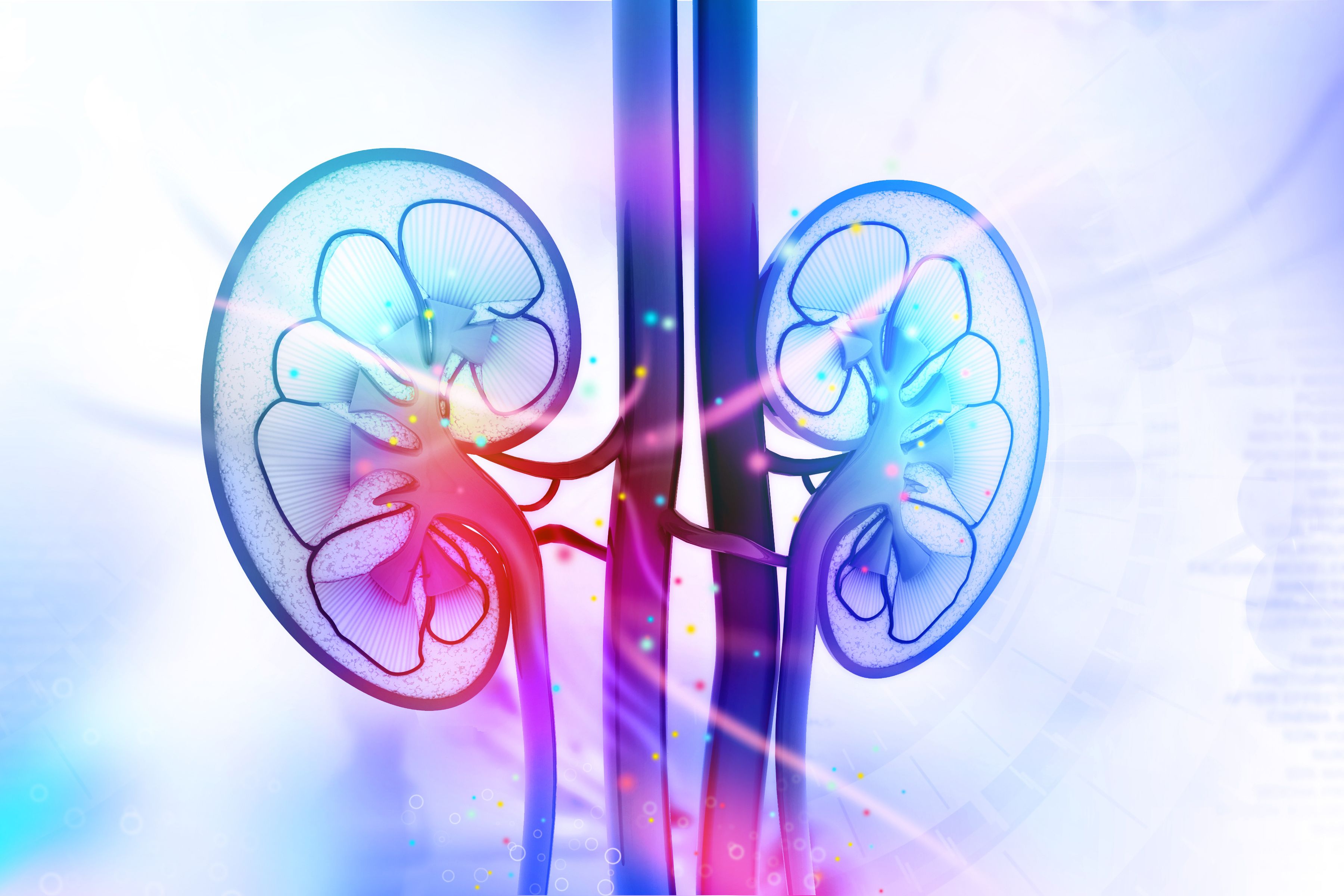News
Article
Clinical, Pathological Distinctions Provide Basis for Differentiating IgAN, IgAVN
Author(s):
Findings from this retrospective study help address challenges in distinguishing immunoglobulin A nephropathy from immunoglobulin A vasculitis-associated nephritis, overcoming their shared pathogenetic features.
Credit: Fotolia

Immunoglobulin A nephropathy (IgAN) and immunoglobulin A vasculitis-associated nephritis (IgAVN) share many pathogenetic features, but findings from a recent study are highlighting important differences in clinical manifestations and laboratory parameters that may help clinicians distinguish the diseases.1
The retrospective analysis of more than 300 patients who underwent kidney biopsy revealed distinct differences in the degree of chronic kidney injury, coagulation abnormalities, and renal function between patients with IgAN versus those with IgAVN, providing a basis for the differentiation of the 2 diseases at an early stage.1
IgAN and IgAVN share the same pathogenesis involving a defect in IgA1 glycosylation. Paired with similar glomerular histologic findings, many have asserted the 2 entities are different manifestations of the same pathology and suggested IgAV may be a systemic form of IgAN. However, this proposed relationship remains controversial.2
“The differences in clinical manifestations and laboratory tests may provide some clues for the diagnosis of the 2 diseases,” wrote Lining Jia, of the department of nephropathy at the Second Affiliated Hospital of Xi’an Jiaotong University in China, and colleagues.1 “No studies have compared the discrepancies in the coagulation factors levels between the 2 groups and explored the potential mechanisms.”
To address this gap in research, investigators collected and analyzed clinical and laboratory data for 253 patients with IgAN and 71 patients with IgAVN who underwent kidney biopsy in the Second Affiliated Hospital of Xi’an Jiaotong University from January 2017 - June 2020. For inclusion, patients were required to be 18 - 70 years of age and have newly diagnosed and biopsy-proven IgAN or be diagnosed with IgAVN based on renal involvement and the presence of purpura or petechiae predominantly in the lower limbs.1
The study’s primary endpoints were complete and partial remission rates. For the purpose of analysis, investigators defined complete remission as proteinuria ≤ 0.3 g per 24 hours, serum albumin > 35 g per L, and normal serum creatinine level. Partial remission was defined as proteinuria > 0.3 g per 24 hours, but > 50% decline from baseline, serum albumin level ≥ 35 g per L, and stable serum creatinine.1
Although there were no significant differences between the groups for age, gender, and hypertension, investigators called attention to a prolonged duration from disease onset to kidney biopsy in patients with IgAN (13.5 months) compared to those with IgAVN (10.2 months; P = .007). Additionally, investigators pointed out increased serum creatinine (92.3; Standard deviation [SD], 94.7 µmol/L vs 68.9; SD, 69.2 µmol/L; P = .015) and lower eGFR (99.1; SD, 35.2 mL/min/1.73m2 vs 123.4; SD, 41.8 mL/min/1.73m2; P <.001) in the IgAN group versus the IgAVN group.1
Pathological findings suggested patients with IgAN had a greater degree of chronic kidney injury compared to patients with IgAVN, as evidenced by more common fibrocellular or fibrous crescents, thickness of blood vessel wall, glomerular sclerosis, interstitial inflammatory cell infiltration, interstitial fibrosis, and tubular atrophy (P <.05).1
Additionally, investigators noted the IgAN group exhibited greater chronicity index (2.34; SD, 1.81 vs 1.03; SD, 1.24; P < .001), and total biopsy scores (5.24; SD, 2.63 vs 3.69; SD, 2.59; P <.001) compared to those with IgAVN.1
Comparison of coagulation parameters between IgAVN and IgAN patients showed greater levels of plasma D-Dimers (1415.92; SD, 1774.69 ng/mL vs 496.78; SD, 711.91 ng/mL; P <.001) and fibrinogen degradation products (3.92; SD, 4.73 µg/mL vs 1.63; SD, 2.46 µg/mL; P = .001) in IgAVN patients. Conversely, activated partial thromboplastin time (26.93; SD, 4.37 seconds vs 23.82; SD, 6.08 seconds; P = .007) was greater in IgAN than IgAVN.1
The median time to achieve partial remission was 14 (95% CI, 10.8–17.1) months in the IgAN group and 12 (95% CI, 10.6–13.4) months in the IgAVN group. In addition to faster partial remission, the IgAVN group exhibited a greater cumulative partial remission rate compared to the IgAN group (P = .001). Similarly, the median time to complete remission was 21 (95% CI, 18.5–23.4) months in the IgAN group and 15 (95% CI, 10.7–19.3) months in the IgAVN group, although there was no statistically significant difference in the cumulative complete remission rates between the groups.1
“These findings provide a basis for the differentiation of the two diseases at an early stage,” investigators concluded.1
References:
- Wang Y, Wang H, Ma X, et al. Characteristics of renal pathology and coagulation function in IgA nephropathy and IgA vasculitis associated nephritis. BMC Nephrol. https://doi.org/10.1186/s12882-024-03465-6
- Amatruda M, Carucci NS, Chimenz R, Conti G. Immunoglobulin A vasculitis nephritis: Current understanding of pathogenesis and treatment. World J Nephrol. doi:10.5527/wjn.v12.i4.82





